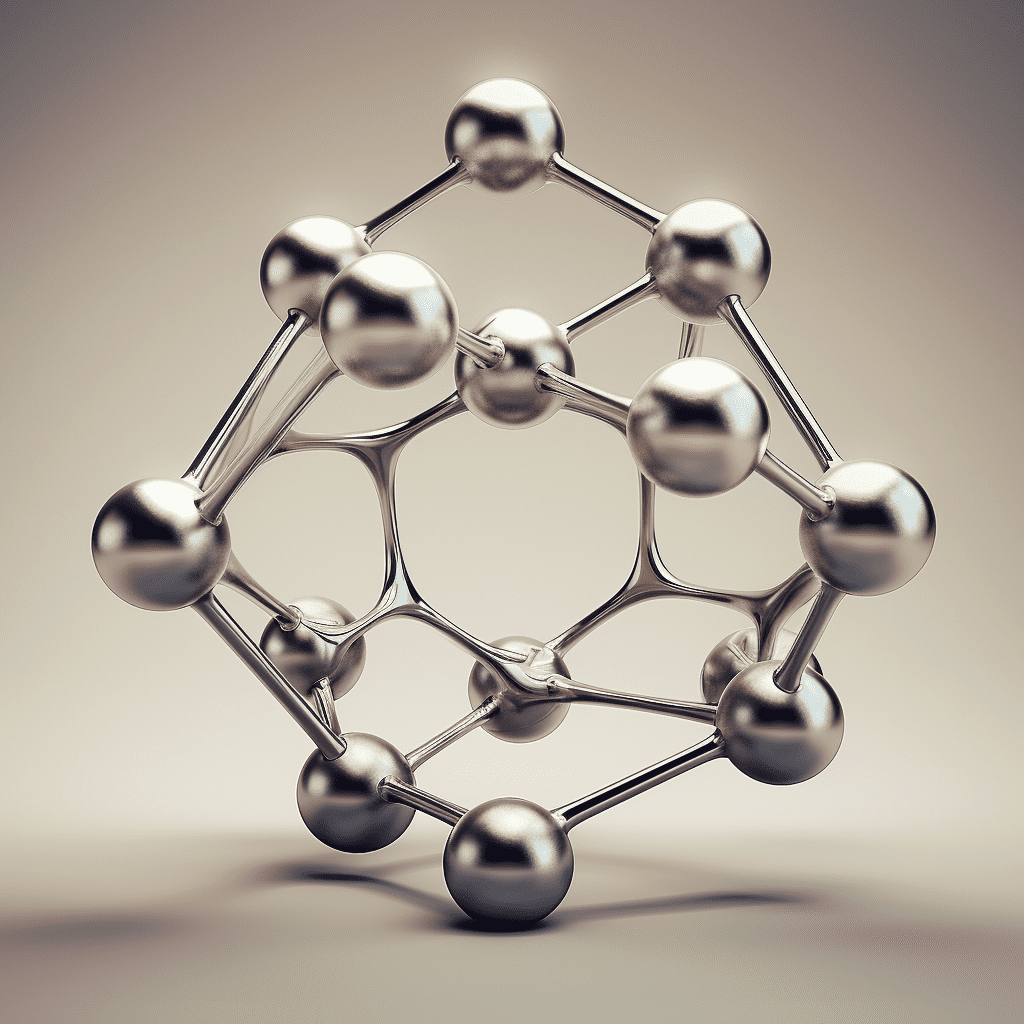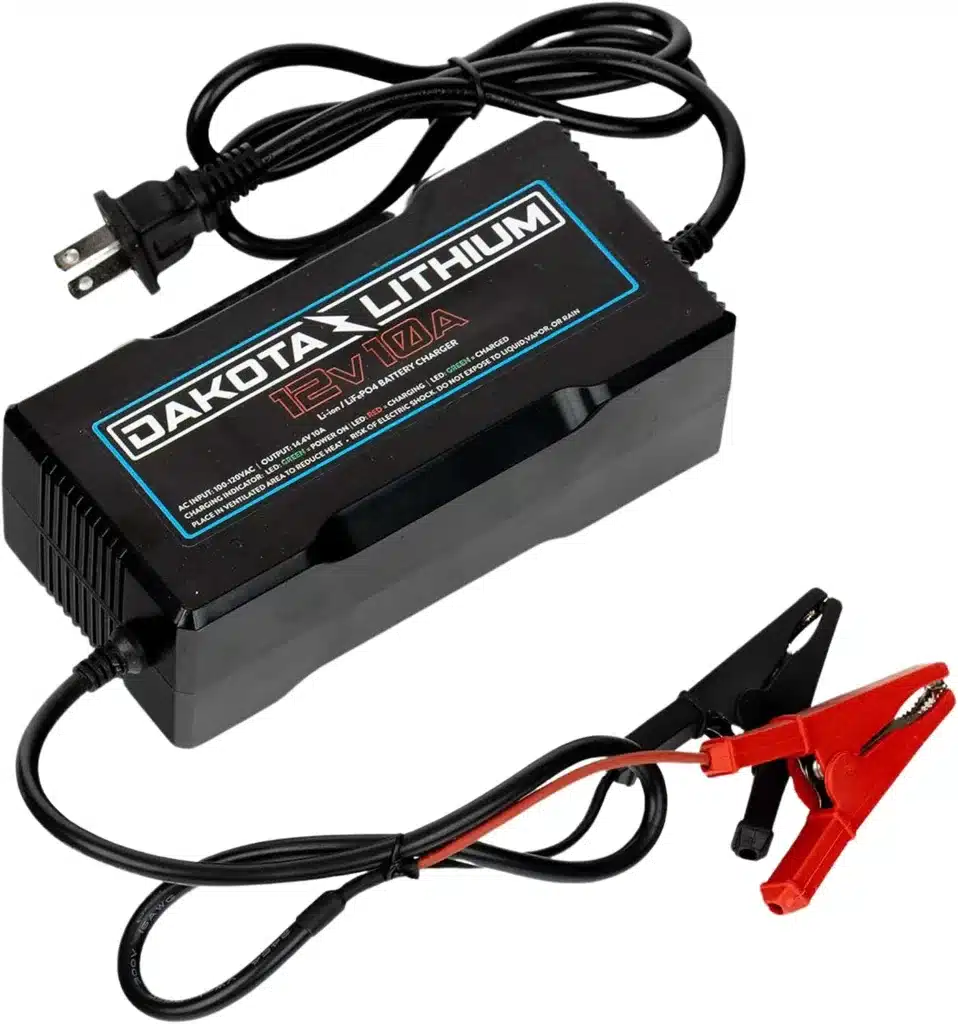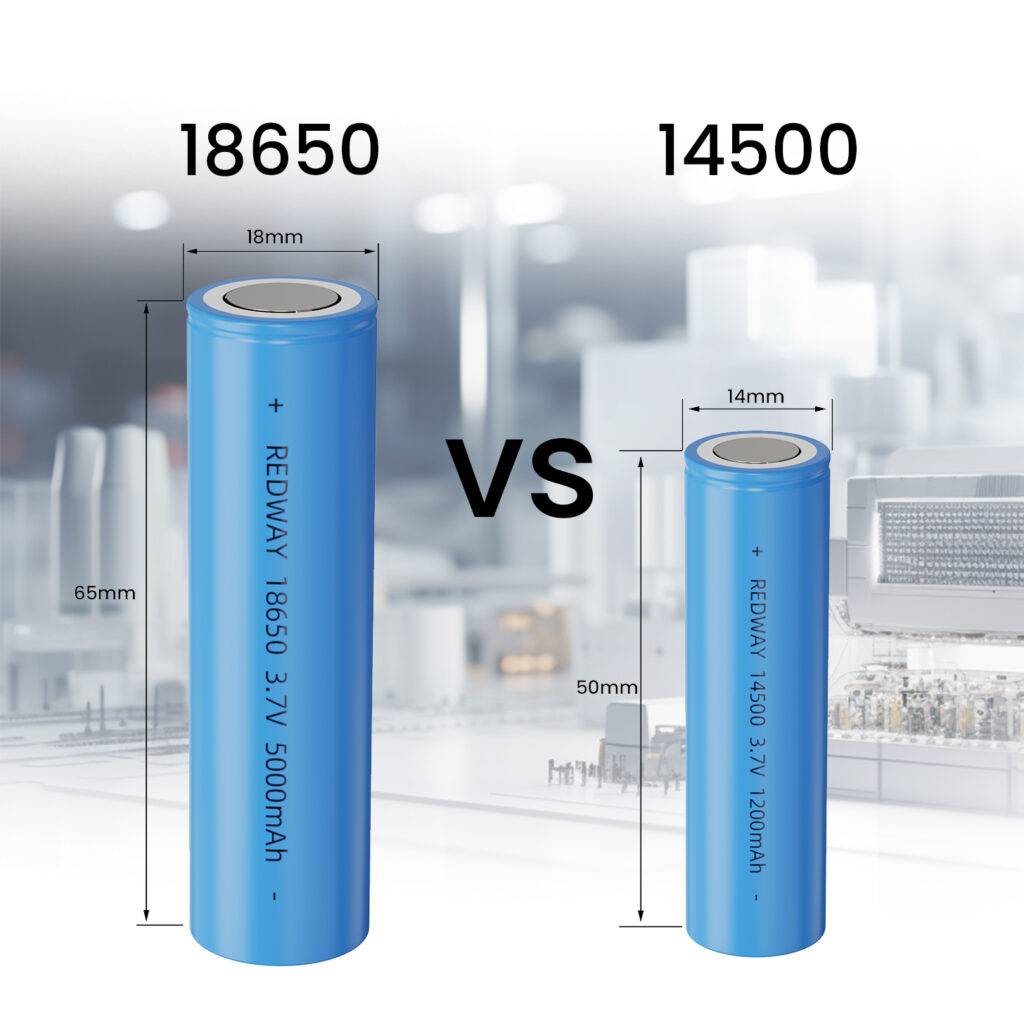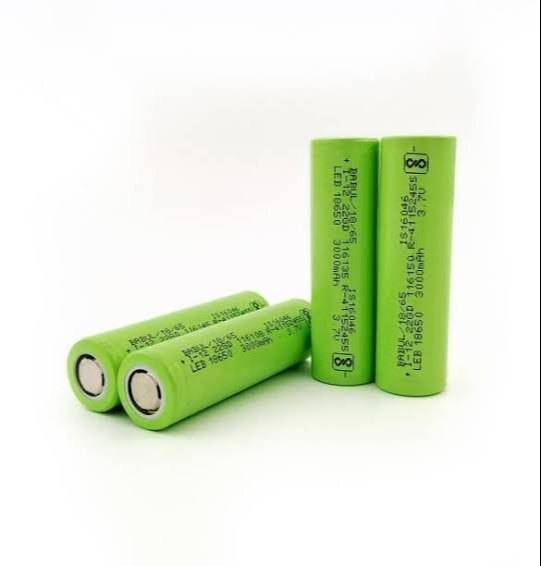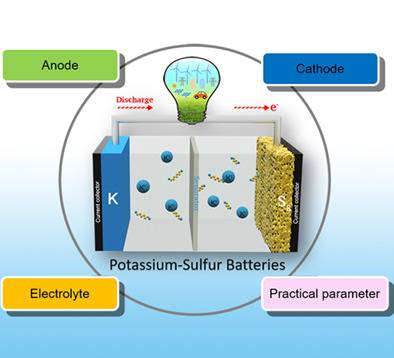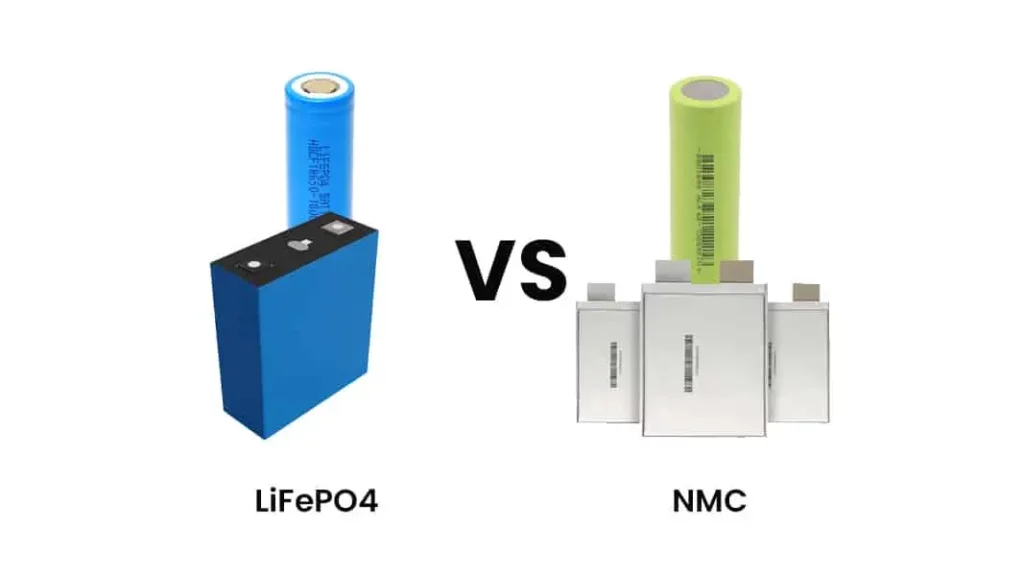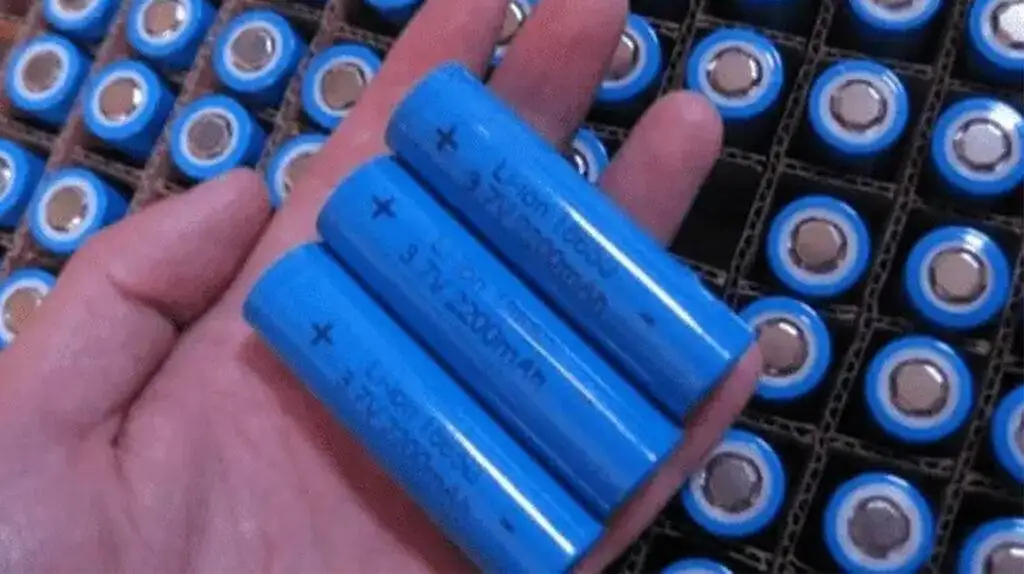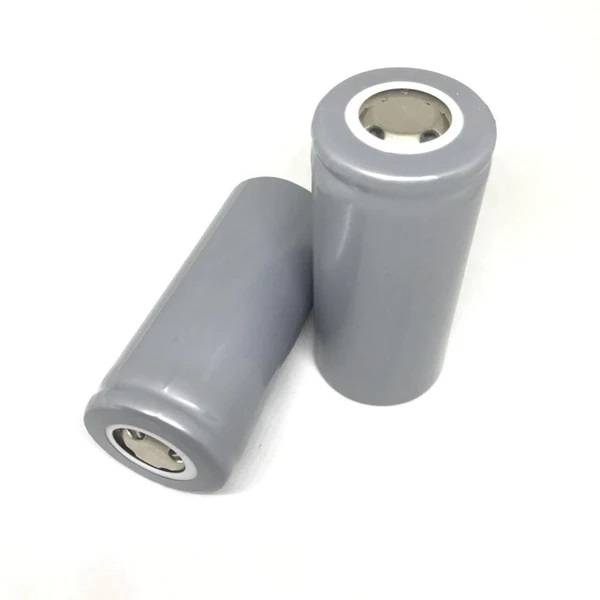Delve into cutting-edge battery research at Arizona State University where scientists are exploring a groundbreaking fusion of lithium and sodium. This innovative approach aims to tackle the rising costs and supply chain challenges associated with lithium-ion batteries. Discover the advantages and drawbacks of substituting sodium for lithium and the meticulous process involved in manufacturing lithium-sodium materials, offering a potential solution to the growing demand for lithium.
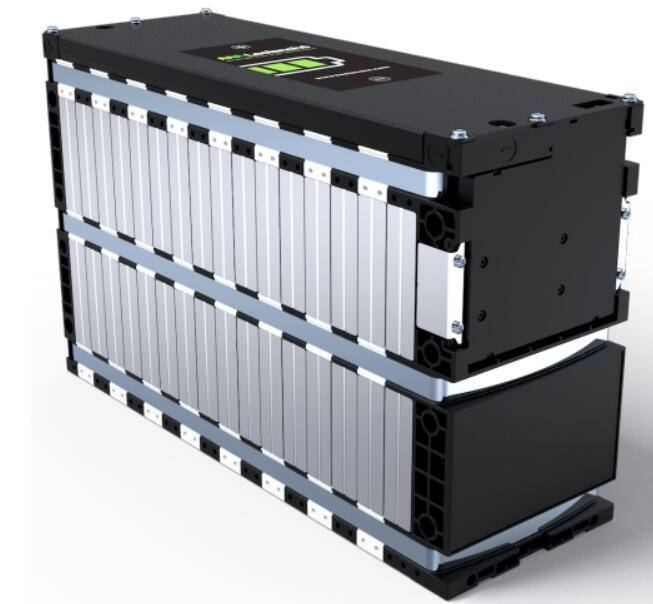
#post_seo_title
Aim of Research:
Researchers at Arizona State University are investigating a technology that has the potential to reshape the battery landscape: the combination of lithium and sodium. The goal is to reduce costs and stabilize the supply chain. Initial results indicate that the thermodynamic stability of sodium-lithium mixtures is at 10% and has the potential to reach 20%. Researchers are developing a method to mix lithium and sodium for high-quality batteries, aiming to make significant advancements in battery technology. By combining these two elements, the goal is to address the growing scarcity of lithium, which is in high demand for use in lithium-ion batteries.
Why Sodium as a replacement?
Lithium is becoming the new gold as the demand for lithium-ion batteries in electric vehicles, computers, and portable devices has risen sharply, driving up prices and impacting the supply of this relatively rare metal. Scientists are on the verge of developing a method to use sodium as a replacement for some of the lithium, thereby reducing costs and ensuring a stable supply.
Advantage:
Recently, scientists have started considering the complete abandonment of lithium and instead using sodium or other elements in high-quality batteries. Sodium is cheaper and more readily available (it exists in the form of sodium chloride in seawater),
Drawback:
It also has its drawbacks. When it comes to providing the concentrated energy required for vehicles and portable devices, lithium batteries are still the best choice. Mixing lithium and sodium in the same battery holds the promise of alleviating supply issues and paving the way for the production of cheaper batteries and a more secure supply chain.
Manufacturing Lithium-Sodium Materials
The research team is manufacturing lithium-sodium materials and characterizing their structure, uniformity, and thermodynamic properties. Researchers are utilizing a specialized technique developed and optimized by the Navrotsky Laboratory, known as high-temperature oxide melt calorimetry, to measure the energy stability of the materials. They are also conducting heating experiments to determine potential decomposition during usage.
Using Sodium and Lithium as mixture:
By mixing a small amount of sodium with lithium and testing its stability, researchers are observing how it affects its performance. This is an incremental process, and initially, the stability might not be very promising – the first step is to see if the mixture can retain a usable form. However, as the sodium content increases, the stability also improves. So far, they have achieved a 10% mixture, which appears to be promising and remains thermodynamically stable.

